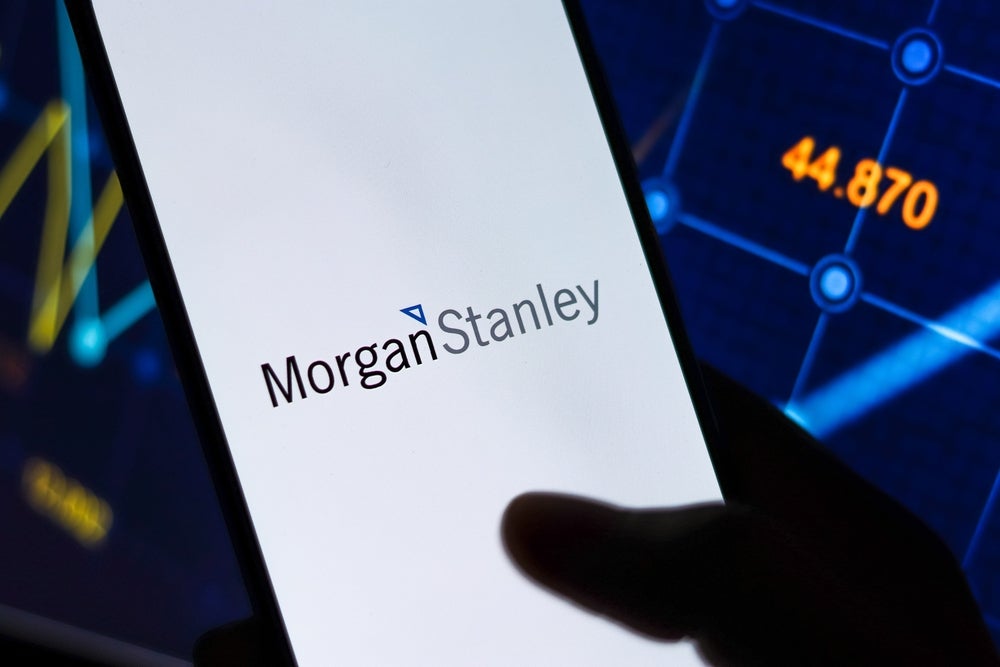Mobile banking has become enormously popular over the last few years, advanced by the Covid-19 pandemic. In its latest report, market research firm Fact.Mr forecasts that global demand for mobile payments will surpass $590bn between 2022-2032, registering a compound annual growth rate (CAGR) of 30% over the period.
While these numbers and the acceleration of mobile banking have unlocked several opportunities for financial organisations, it is also the epicenter of many unfolding challenges. Given that mobile banking relies on the movement of funds through traditional banking systems and channels, which could be more active, the convenience of a mobile app often contrasts sharply with the lingering friction of transacting.
The Shortcomings of Mobile Banking
Ordinarily, taking action via mobile banking is only available during regular business hours, which can be a limitation when a user needs to perform transactions outside these times. Meanwhile, it is also important to note that mobile banking is often only available within specific geographic regions, which can be a limitation if you need to access your accounts or perform transactions while traveling or living in another country. Finally, even if it is available, using mobile banking internationally can often come with steep fees or other costs.
On top of this, many financial service offerings rely extensively on intermediaries and go-betweens to support transactions and settlements. This over-reliance on siloed infrastructure has led to several other problems, including storing sensitive data in centralized databases susceptible to hacks, identity theft, and other similar vulnerabilities. Additionally, centralised payment service providers lack transparency and aren’t genuinely inclusive.
Adding to the gravity of the drawbacks, even though mobile banking infrastructure is readily available and accessible, a large chunk of the global population remains severely underbanked and unbanked. This reality pushes these underbanked populations into remittances and other more costly financial services instead of benefiting from existing financial architecture. Although anyone with a mobile device should conceivably be able to access vital mobile financial services, mobile banking is a distant dream for these more vulnerable populations.
Web3 Payments: The Logical Evolution of Banking
While mobile banking can be a convenient and helpful tool, it has its limitations. Blockchain technology, especially Web 3.0 payment services, can improve upon some of these limitations by enabling convenient, faster, and more affordable mobile banking services that are available globally and do not depend on numerous middlemen evaluating counterparty credit risk.
How well do you really know your competitors?
Access the most comprehensive Company Profiles on the market, powered by GlobalData. Save hours of research. Gain competitive edge.

Thank you!
Your download email will arrive shortly
Not ready to buy yet? Download a free sample
We are confident about the unique quality of our Company Profiles. However, we want you to make the most beneficial decision for your business, so we offer a free sample that you can download by submitting the below form
By GlobalDataThe underlying technology already demonstrates far-reaching possibilities, especially in transforming financial services. Through decentralsation, Web3 enables companies to innovate on new models that were impossible to utilise in the past. It already demonstrates support for new types of innovation where it transforms the role of intermediaries without eliminating them.
In a traditional banking model, financial transactions typically involve a web of intermediaries, such as banks, correspondent banks, credit card companies, underwriters, insurers, and payment processors. These intermediaries can create friction in the form of fees, delays, and other barriers that impact the smooth functioning of the financial system. For example, simple remittances, which ideally take minutes to settle, undergo redundant verifications and approvals, taking up valuable time and increasing the fees and commissions passed on to customers.
Web3 payment systems, on the other hand, remove many time-consuming redundancies while minimising the associated costs. Because the security and transaction verification is distributed over a decentralised network of computers, the overall transaction costs also go down while the pace of transaction settlements quickens. Moreover, Web3 transactions are encrypted, which means that users can rest assured that their personal information stays secure and that no one can commercialise them without their approval.
The growing demand for mobile banking and other digital financial services has led to a need for existing systems to evolve and adapt to meet consumers’ needs. In particular, there is a need for mobile banking and other digital financial services to be available around the clock, with less friction, and with near-instantaneous processing times to keep up with changing consumer behaviour.
Traditional payment systems were created before the widespread internet adoption and purposefully designed for brick-and-mortar commerce instead of online use. As the internet has become more prevalent, traditional payment systems have been adapted for online use, but the over-reliance on centralised infrastructure continues.
Web3 payments: the next logical leap for the payments sector
In contrast, newer payment layer stacks, such as those based on blockchain technology, are specifically intended for global use online. While Web3 payment services have the potential to transform traditional banking and payment infrastructure, there will still likely be a need for intermediaries in some cases, particularly in industries where regulatory oversight and compliance are essential. Instead, the role of intermediaries may evolve or change in response to adopting new technologies such as blockchain.
Web3 payment services are among the many user-centric solutions that the Web3 ecosystem intends to bring front and center to the global population. But unfortunately, the traditional payment ecosystem isn’t well-equipped to adapt to the latest technological advancements and satisfy the demands of modern consumers. As such, it is not an overstatement to claim that Web3 payments are the next logical leap for the payments industry as consumer preferences shift simultaneously.
Mark Smargon is the founder and CEO of Fuse, the blockchain ecosystem for mainstream and business adoption of Web3 payments.







